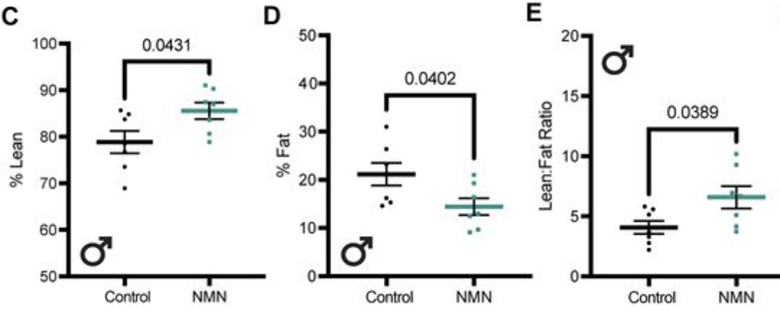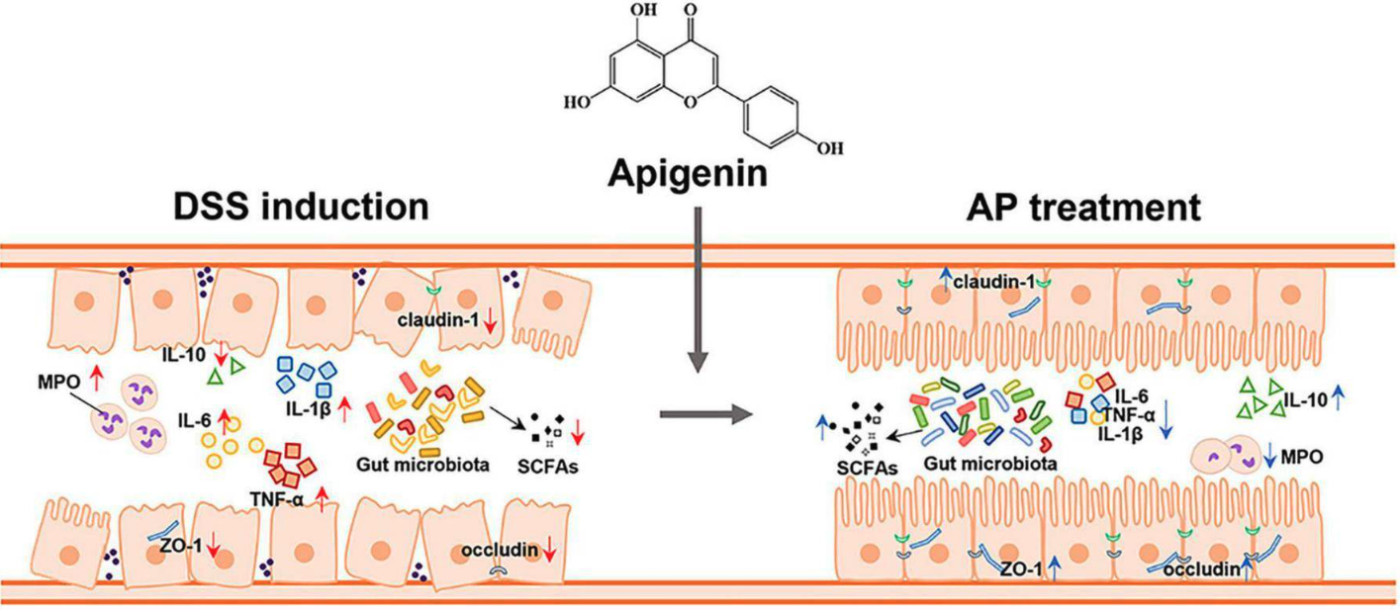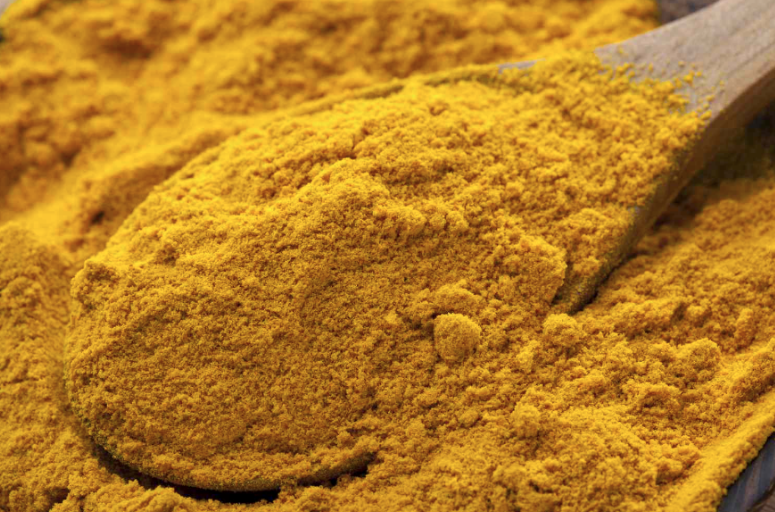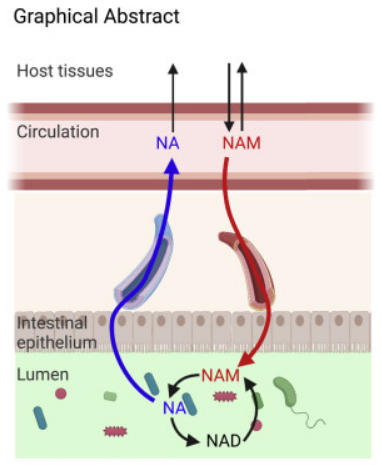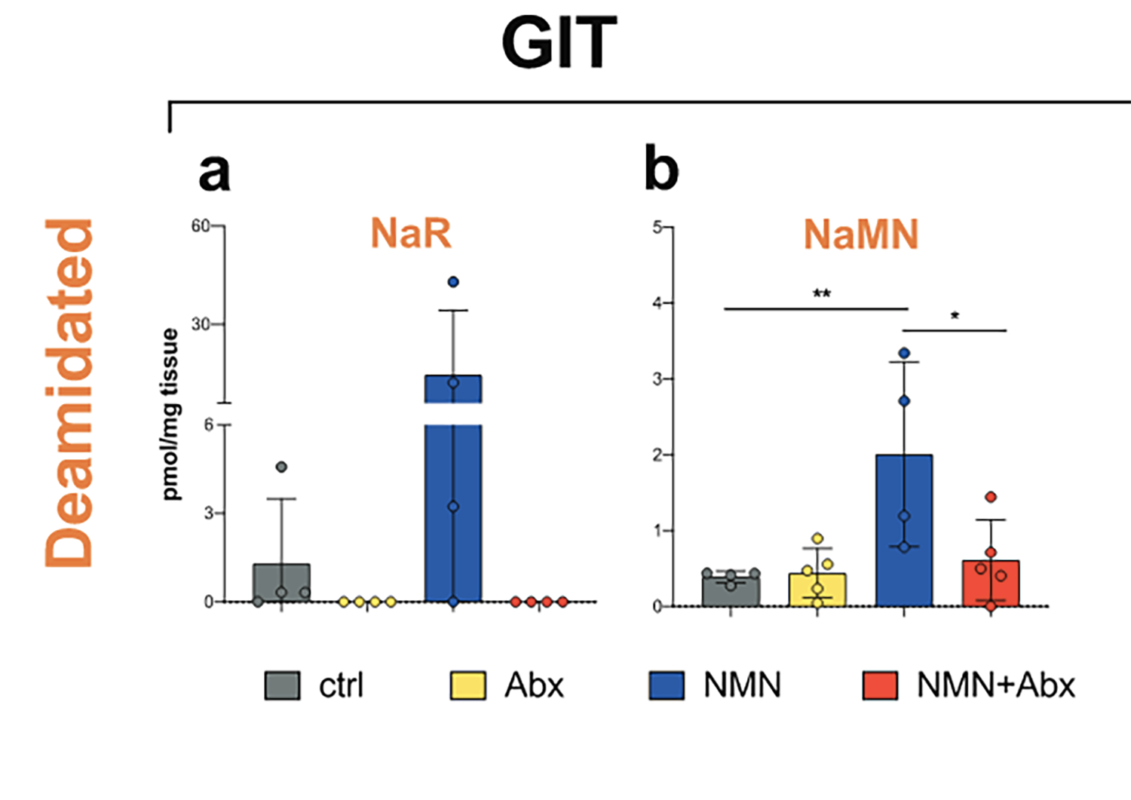This study examined the effects of long-term NMN supplementation on lifespan, healthspan, and metabolic health in male and female mice. Effects of NMN on Lifespan and Healthspan in Aging Mice Mice were divided into two main groups based on sex and treatment: NMN group: Received NMN in drinking water (~550 mg/kg/day). Control group: Received regular […]
Tag Archives: microbiome
This study examined the effects of Apigenin on inflammation, gut barrier integrity, and the gut microbiome in mice with ulcerative colitis (UC).
Berberine is a bioactive compound found in many plants, including goldenseal, Oregon grape, and barberry. It has been recognized for its health benefits for centuries, with its earliest known therapeutic use dating back to A.D. 200. Today, Berberine continues to be an exciting focus of health and wellness research, with many studies investigating its potential for maintaining metabolic health.
Palmitoylethanolamide (PEA) is a natural compound that your body produces in response to various forms of cellular damage. Its primary role is to promote homeostasis, which is the body’s ability to maintain a stable and balanced internal environment for optimal functioning and overall wellness.
Thus, circulating host NAM enters the gut lumen and is used by the microbiome for both NAD and NA synthesis.
Thus, gut microbiota provide an alternative route from NAM to NAD, bypassing the salvage synthesis pathway, in intestine and liver
Orally delivered NR was found in the GI tract but not in other peripheral tissues, indicating rapid metabolism of NR before it enters the circulation (Figure S4A). Only a small fraction of NAD in the liver and small intestine was M+9, indicating minimal direct assimilation of NR
This recently published research by Drs. Lindsay Wu, David Sinclair and others examined the pathways that oral NMN takes to becoming NAD+ in mice. It confirmed some aspects of earlier research, and also made some surprising new findings. https://assets.researchsquare.com/files/rs-87047/v1_stamped.pdf Several experiments were completed that all measured NAD+ metabolites in the Gastrointestinal Tract (GIT) and Liver, […]

